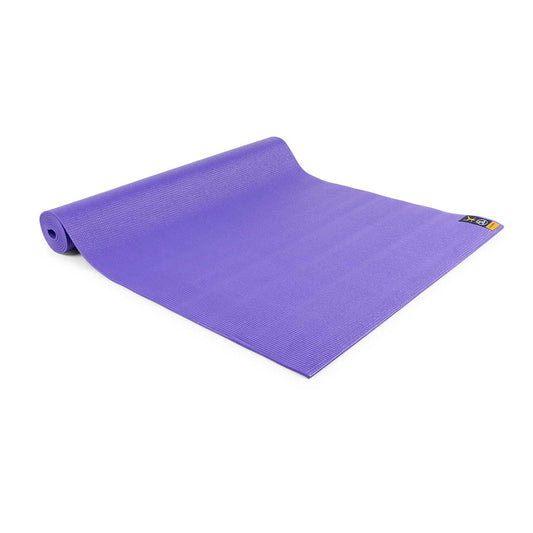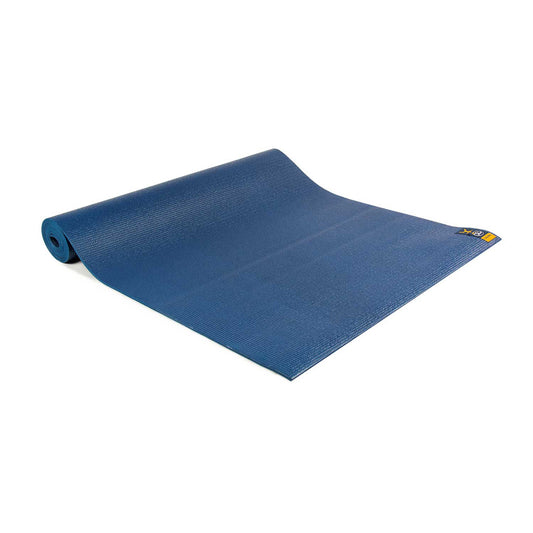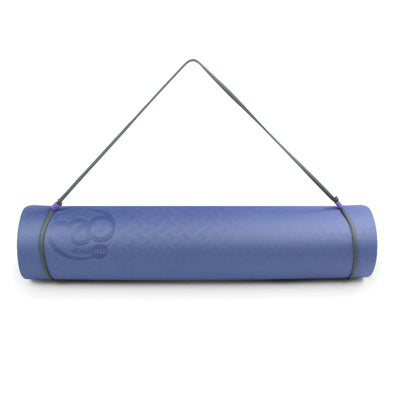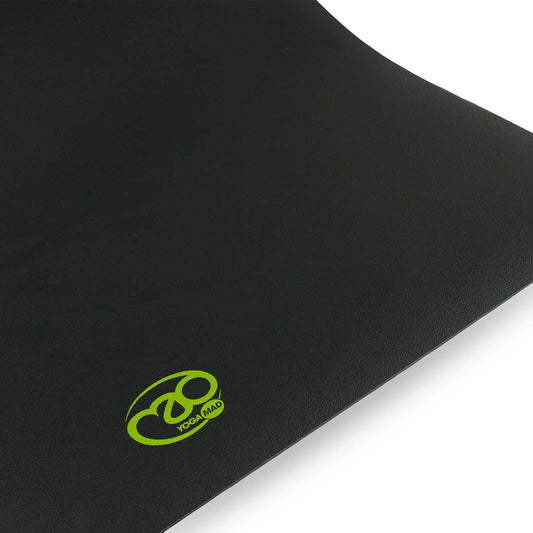-
Develop Your Yoga Practice: The first step towards becoming a yoga teacher is to develop your own personal practice. This includes regular attendance in classes, reading books and articles on yoga philosophy and technique, and incorporating yoga into your daily life. This will not only deepen your understanding and appreciation for yoga, but it will also help you develop the skills and knowledge necessary to effectively teach others.
-
Choose a Yoga Teacher Training Program: Once you have developed your personal yoga practice, it is time to choose a yoga teacher training program. When choosing a program, consider factors such as the style of yoga taught, the qualifications and experience of the trainers, and the program’s reputation and accreditation. There are a variety of yoga teacher training programs available, including 200-hour, 300-hour, and 500-hour programs.
-
Complete Your Training: The next step is to complete your yoga teacher training program. During your training, you will learn about the history and philosophy of yoga, anatomy and physiology, asanas (yoga postures), pranayama (breathing techniques), meditation, and teaching methodology. You will also have the opportunity to observe and assist experienced teachers in classes, as well as to practice teaching under the supervision of your trainers.
-
Register with a Yoga Alliance: After completing your yoga teacher training program, you can register with a yoga alliance such as Yoga Alliance or the British Wheel of Yoga. Registering with a yoga alliance provides recognition and credibility as a yoga teacher and can also provide you with insurance coverage and access to continuing education opportunities.
-
Build Your Teaching Experience: Once you are registered, it is time to start building your teaching experience. You can start by offering classes in your local community, such as at a community center or gym. You can also offer private classes to friends and family members. As you gain experience and build your reputation, you may have the opportunity to teach at yoga studios and health clubs.
-
Continuously Educate Yourself: Continuing education is an important part of being a successful yoga teacher. This can include attending workshops and conferences, reading books and articles on yoga and related topics, and taking additional training programs to further develop your skills and knowledge.
-
Develop Your Personal Brand: As you build your teaching experience and reputation, it is important to develop your personal brand as a yoga teacher. This can include creating a website and social media presence, building a network of contacts in the yoga community, and developing a unique teaching style and approach to yoga.
-
Create a Class Plan: Before teaching each class, it is important to create a plan for your students. This can include deciding on a theme for your class, selecting appropriate music, and planning out the sequence of postures and breathing exercises. Make sure to also consider the level of your students and make any necessary modifications or variations to the postures to accommodate their abilities.
-
Create a Safe and Inclusive Environment: When teaching a yoga class, it is important to create a safe and inclusive environment for your students. This can include taking the time to learn about and accommodate any physical limitations or injuries your students may have, as well as being mindful of the cultural and religious backgrounds of your students.
-
Evaluate Your Teaching: Regularly evaluate your teaching to see where you can improve and make changes. This can include asking for feedback from your students, reflecting on your own teaching after each class, and seeking constructive criticism from experienced teachers and peers. This will help you continually grow as a teacher and provide your students with the best possible experience.




